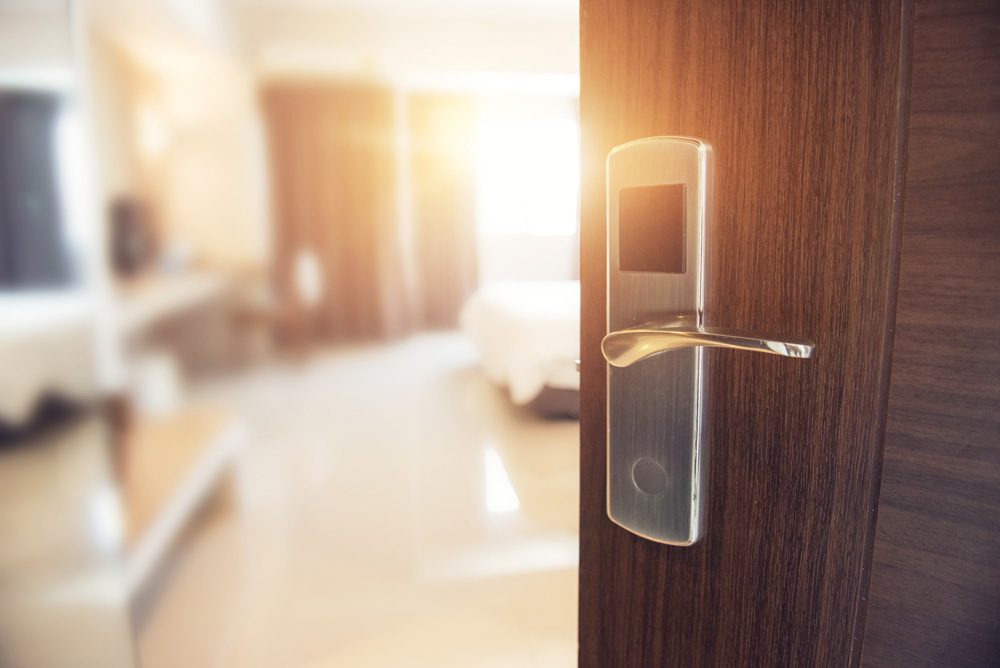5 Hotel Design Trends
Post Date: 2018-01-31

Hotels have been around since the 18th century, and have since undergone significant changes in terms of design and utility. We take a look at the five of the most significant design trends in recent years.
1. The Lobby
The traditional hotel lobby has also reformatted — much to modern patrons’ delight! Gone are the traditional hotel front desks, which have now been replaced by remote and computerised check-ins, while large reception areas have also given way to public spaces resembling warm and homely living rooms.
In response to the new generation of millennial travellers, hotel lobbies have also transformed into communal areas that feature cocktail bars, libraries and co-working spaces to encourage guests to leave their rooms and come out into the spaces provided, prompting more social interaction (and spending!).
2. The Guest Rooms
The hotel industry has weathered the test of time, as their very nature ensures constant demand. Yet, the advent of alternative accommodation options, such as Airbnb, has posed a significant threat to hotel industries globally. The hotel industry however, has never been one to back down from a fight, and has taken on the task of upgrading to combat the issue.
Many traditional hospitality brands have started to reconsider their interior design strategy, particularly their guest rooms and suites. Hotels now offer multi-purpose bedrooms, coupled with conversation areas and sofas for rest and relaxation instead of the standard guest room layouts of yesteryear. Coffee tables or compact foldaway tables have replaced desks to reflect a more casual, homely ambience to the hotel room, and the move toward a more flexible and comfortable bedroom will continue to grow as the line between home and hotel blurs.
3. Smart Hotels
In keeping up with the technological prowess of the 21st century, the hospitality industry is now investing in more technology to make their hotels ‘smart’. From personalised tablets in every room to smart walls which facilitate virtual business meetings, technological gadgets can be found in every corner of hotels these days, helping to improve the customer experience.
4. Sustainability and Energy Conservation
The recent focus on sustainability and the environment has prompted the hospitality industry to implement more sustainable practices in their hotel designs. These include the use of solar panels, natural lighting and eco-friendly features. Recycled materials such as rubber, wood and cement have also been used by hotel designers in their efforts to reduce their carbon footprint.
5. Health and Wellness
The current generation’s obsession with health and wellness has prompted the hospitality industry to reconsider their design approaches. Hotel amenities such as gyms and spa facilities have seen a revamp in recent years to accommodate for the more health-conscious guest. Hotel guests can also hope to see new features such as air purification, energising lightings, whirlpool bathtubs and yoga and meditation spaces in their hotels.
Latest Events
More +
-
Building a Better Culture for the F&B Industry – With More than Just Food!
Venue: Hong Kong Convention and Exhibition CentreCity: Hong Kong -
Venue: Queen Sirikit National Convention CentreCity: Thailand
-
The 18th Thailand Retail, Food & Hospitality Service 2024 (TRAFS)
Venue: EH102, BITEC, Bangkok, Thailand, 2024City: Thailand












20240313051424.jpg)

